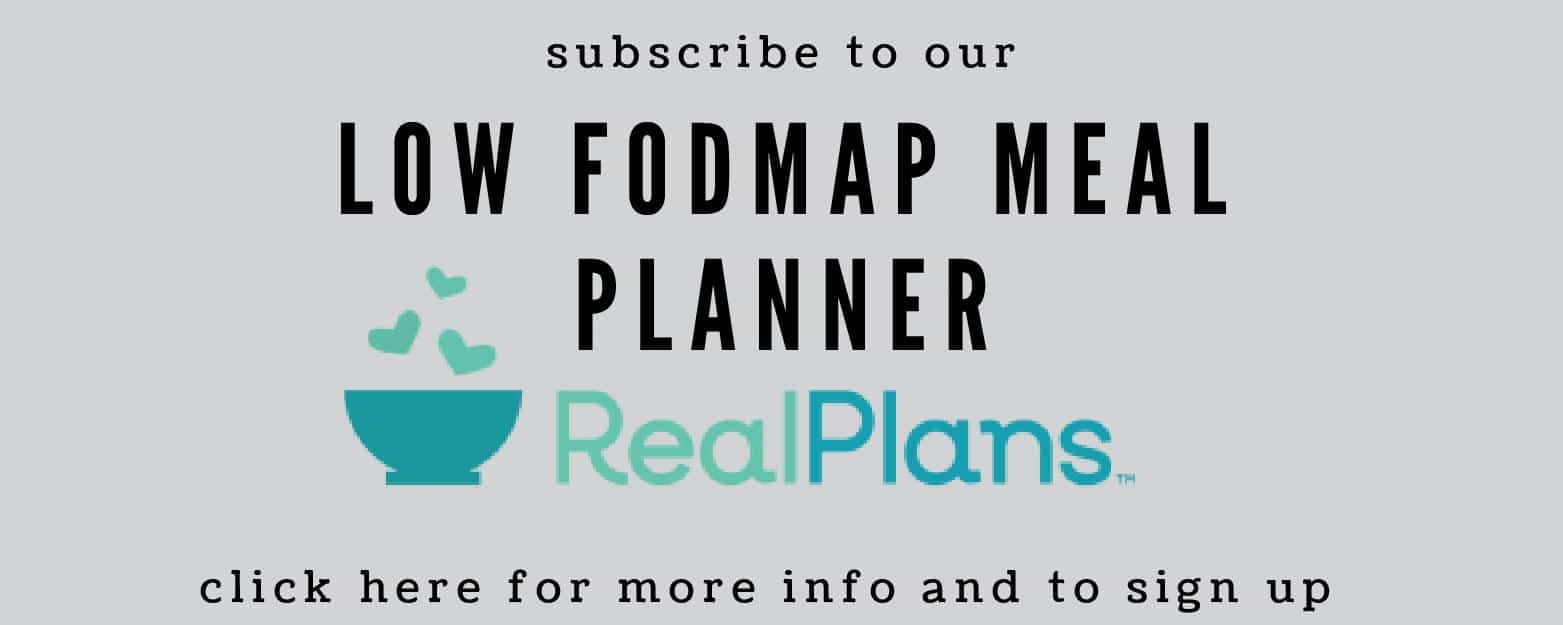But not everything from that era has stood the test of time. In fact, many items from the 1970s are now banned or heavily regulated, and for good reason. Did you know that over 70% of the substances listed in the 1976 Toxic Substances Control Act were once found in everyday products? Or that lead-based paints, which were finally banned in 1978 due to health risks, were present in millions of homes?
According to experts, such regulations were vital in reducing public exposure to harmful chemicals, flammable materials, and unsafe technologies. Below are the 15 things from the 1970s that are now outlawed, revealing why they have disappeared from our daily existence.
Lead-Based Paint

Once a standard finishing material in home construction, lead-based paint, which has been prohibited since 1978 due to posing serious health risks, is very durable. As many as 38 million (38.9%) US housing units contain some lead-based paint; it was used in more than 38 million homes until its ban for use in the residential sector in 1978
The Centers for Disease Control and Prevention (CDC) estimates that lead poisoning affects millions of children in the United States and has damaged children’s bodies and brains over the decades, causing long-term health problems. Houses constructed before 1978 are now legally obligated to disclose during sale whether they contain lead paint, and renovation projects are subject to stringent safety measures.
Dichlorodiphenyltrichloroethane (DDT)

DDT had been marketed as a miracle product for controlling pests. Still, studies have uncovered its devastating effects on the environment, particularly on bird life.
One of the defining triumphs of the modern environmental movement in the US was the class action lawsuit that led to the ban signed draft notice on June 14, 1972. It stated that many species of birds were close to extinction from the use of DDT 25 years ago, such as the osprey, peregrine falcon, and brown pelican.
Modern agriculture has shifted toward safer and sustainable approaches to pest control.
CFC Aerosol Sprays

Cans of hairspray and deodorant that had us so stoked on perfect Farrah Fawcett waves contained used chlorofluorocarbons (CFCs), which would later be found to contribute to the depletion of the ozone layer.
In 1974, chemists F. Sherwood Rowland and Mario Molina reported for the first time that chlorine atoms in CFCs — widely used in hairsprays and deodorants — could disintegrate as many as 100,000 molecules of ozone in the stratosphere. This prompted the eventual worldwide phase-out under the Montreal Protocol in 1987.
Eco-friendly formulations now replace these hazardous substances.
Mercury Thermometers

Mercury thermometers were once the norm for taking a household temperature — that is, the temperatures of homes and humans. By the 2000s, the federal government was phasing them out in response to studies confirming that mercury was damaging both humans and their environment.
The newer digital thermometers are both accurate and safe, and most people use them. There is little to no mercury remaining in hospitals for routine use; digital thermometers and similar devices are well-established alternatives.
Asbestos Insulation

Throughout the 20th century, asbestos was a standard insulation material in homes and commercial buildings, which has since been discovered to cause terrible respiratory diseases like mesothelioma and asbestosis.
The EPA prohibited most uses in the late 1970s. Stringent abatement measures are necessary for older structures when renovating or demolishing a building Today. In 1989, the EPA ordered a near-total ban on most asbestos products, which was to be phased in by 1997.
However, most provisions were repealed in 1991, restricting it to select product categories and new uses only.
Lawn Darts

Sold as an innocent outdoor fun activity, lawn darts caused an unexpected number of injuries, especially among kids. Lawn darts led to an estimated 6,100 trips to the ER from 1978 to 1986. Over 80% of victims were younger than 15, and about 50% were younger than 10, mainly resulting in injuries to the head and face, including the eyes and ears.
More than 6,000 ER visits and some fatalities led the Consumer Product Safety Commission to ban their sale in 1988. Now, there are safer options, such as weighted or plastic darts.
Polychlorinated Biphenyls (PCBs)

By the 1970s, PCBs were widely used in electrical transformers and industrial equipment due to their persistent environmental pollution and associations with cancer and other health problems.
By 1977, 150 million pounds were in the environment, and 290 million pounds were in landfills, with up to 10 million pounds released annually as a result of leaks and spills.
Cleanup of contaminated sites is still an issue, as they can take decades to break down in the environment and have been associated with cancer and other healthcare concerns.
Guzzler Cars

The 1970s gave us the muscle car, a vehicle with a big engine and scant consideration for gas mileage. Following the 1973 oil embargo and growing awareness of the risks of global warming, the US federal government enacted Corporate Average Fuel Economy (CAFE) standards in 1975.
When it comes to modern cars, strict standards for fuel efficiency and emissions have driven many design innovations.
Phosphates in Detergents

Phosphates have been used to clean households, but they are detrimental to aquatic life, including fish. Approximately 60% of the basin of Lake Erie was inactivated as a result of over-concentrated phosphates originating from detergents.
Overuse of the water led to pollution, resulting in harmful algae blooms. The use of phosphates in cleaning products was severely curtailed in the United States by the 2010s.
Aluminum Wiring

To save money, producers used aluminum in place of copper wiring in homes in the 1960s and 1970s. However, it posed a serious fire risk, generating a significant amount of heat.
Homes built before 1972 that had installed aluminum wiring are 55 times more likely to have a connection with fire hazard conditions than typical homes built with copper. Today’s homes use only copper or its approved substitutes to ensure innovative electrical safety.
Non-Clean Burn Wood Burning Stoves

Despite wistful memories, classic wood-burning stoves emit a significant amount of air pollution. Stoves were regulated as part of the Clean Air Act amendments of 1990, which called for cleaner-burning devices. New stoves reduce emissions by as much as 90 percent compared to older stoves.
In Libby, Montana, when older wood stoves were replaced with EPA-certified stoves, indoor PM2.5 levels decreased.
Toys That Contain Small Magnets

When federal regulations began prioritizing safety over all else, many toys contained small magnetic parts that posed choking hazards. Between 2010 and 2021, there were approximately 26,600 cases of children being treated in the ER for injuries related to magnets (all causes), according to CPSC.
Numerous recalls arose after lawsuits, prompting the Consumer Product Safety Commission to impose stricter safety standards.
Flame Retardants in Furniture

While initially intended to lower the risk of fires, flame retardants in furniture manufactured in the 1970s were found to seep chemicals into the air, leading to health problems such as hormonal imbalances and an increased risk of cancer.
A Duke/Berkeley study analyzed foam from 102 couches (manufactured between 1985 and 2010) and identified flame retardants in 85% of them, with 94% of these couches purchased after 2005. Safer alternatives have since replaced these chemicals in the furniture manufacturing industry.
Cigarette Ads on TV and Radio

Cigarette ads were widely seen on TV and heard on the radio until 1971. Studies associating smoking with cancer prompted the passage of the Public Health Cigarette Smoking Act, which prohibited such ads.
The Public Health Cigarette Smoking Act, which prohibits cigarette advertising on US television and radio, was signed into law by President Nixon. The ban was officially enacted on January 2, 1971 — the last televised cigarette ad aired at 11:59 PM on The Tonight Show on January 1, 1971, to be exact.
This legislative move is one of the most outstanding public health achievements in modern American history.
Key Takeaways

The 1970s were a time of social and cultural upheaval. Still, the era also introduced a slew of consumer products and habits that have since been revised, outlawed, or simply upgraded. Things such as lead-based paint, asbestos insulation, and CFC aerosol sprays are painful lessons in health and environmental protection that we’ve had to learn through mishaps.
Such changes serve as landmarks on the path of improvement in energy, environmental, and public health.
Disclaimer – This list is solely the author’s opinion based on research and publicly available information. It is not intended to be professional advice.
Don’t Swipe Until You Read This: The 7 Best Credit Cards for 2025 Ranked by Rewards

The 7 Best Credit Cards for 2025 Ranked by Rewards
There’s this moment that sticks with me—standing at a checkout line, swiping my old card like I always did, and thinking, “Wait… why am I not getting anything back for this?” I wasn’t traveling on points. I wasn’t getting cash back. I was just spending. Sound familiar?
Look, the truth is, credit cards can work for you—if you choose the right one. And in 2025, you’ve got some seriously rewarding options that can actually boost your bank account. From travel lovers to grocery haulers, there’s something for everyone.
Let’s break down the best credit cards out there this year—the ones that actually give back.
12 Kitchen Hacks You May Not Know

12 Kitchen Hacks You May Not Know
Sometimes preparing meals and just dealing with food can feel like a bore and a chore – or just plain frustrating! We’ve got the best food hacks to pass down to you to get you in and out of the kitchen fast. Not more drudgery, and dare we say it, some of these hacks are kind of fun. Save money, too. Win-win!
Do you have a kitchen hack we should know about





